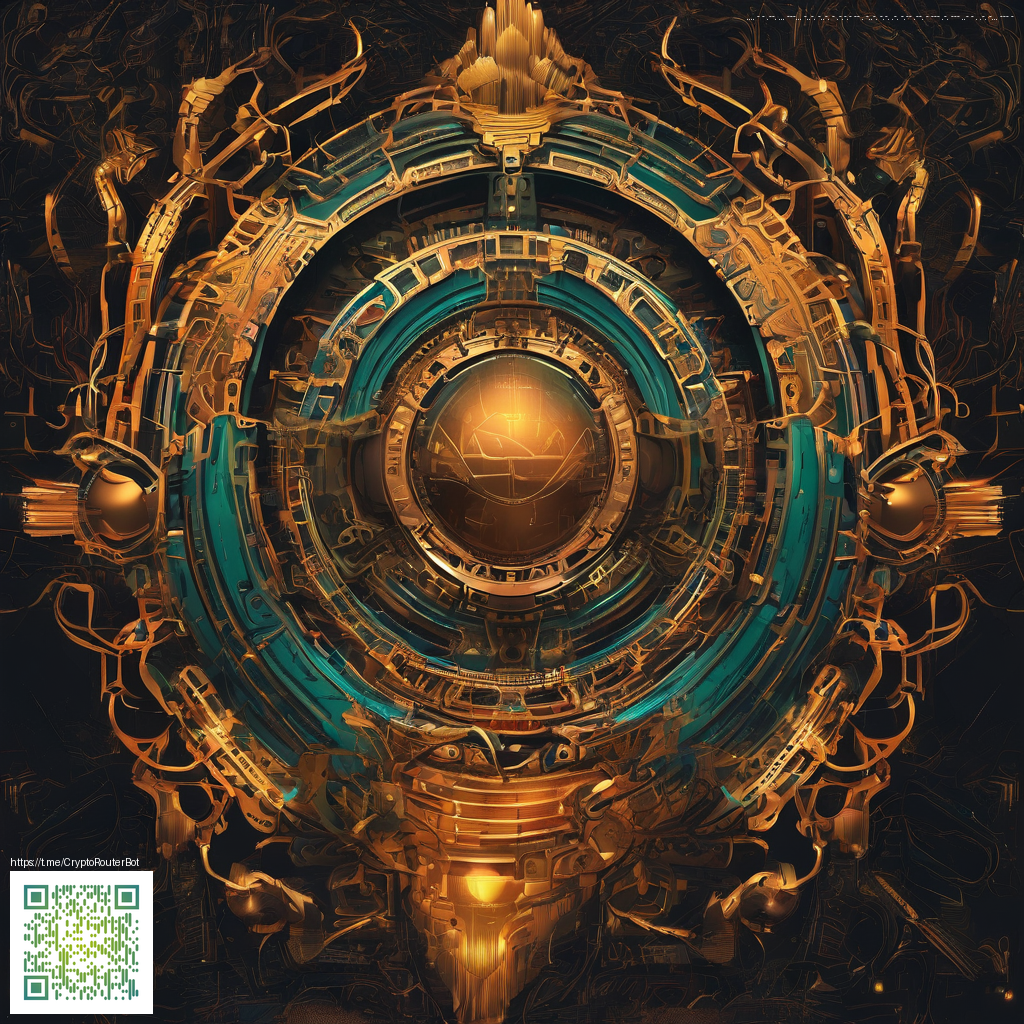
NFT value today is as much about dynamics as it is about the art itself. 🚀 Investors, creators, and collectors increasingly look for signals that a token will hold or grow its value over time—beyond a pretty picture. The reality is that value in the NFT space emerges from a blend of scarcity, utility, community, provenance, and market psychology. If you want to become a more informed participant, it helps to break those forces down and watch how they interact in real markets. 🧭
Key factors that determine NFT value
There isn’t a single metric that nails it. Instead, value is a converging signal set that evolves as communities, platforms, and technologies shift. Here are the main levers to monitor:
Scarcity and utility
- Scarcity: Edition size, minting limits, and tiered rarities create differential demand. Extremely limited drops can command premium prices, especially when paired with a strong narrative or brand.
- Utility: Access to exclusive experiences, future airdrops, or real-world perks can meaningfully extend value beyond a one-time purchase. Utilities with sustained relevance tend to retain interest over time.
- Durability and metadata: On-chain provenance and transparent trait data help buyers assess rarity and authenticity, reducing perceived risk and speculation.
Creator reputation and community
The track record of the creator, prior successful drops, and the vitality of the community are powerful value multipliers. A project with active governance, ongoing development, and responsive creators often sees stronger holder loyalty and more durable floor support. In many cases, the size and engagement of the community translate into more reliable demand signals. 🌟
“Value in NFTs often flows from utility and community rather than the artwork alone.”
Rarity, metadata, and provenance
Traits, editions, and provenance form the backbone of how buyers understand value. Clear, verifiable metadata gives confidence that a token’s rarity is genuine and not inflated by rumor. Provenance—where the token has lived, who has held it, and how it has been traded—builds trust and reduces information asymmetry. 🔍
“Provenance creates a breadcrumb trail that can be followed across marketplaces and wallets.”
Market demand, liquidity, and macro signals
Liquidity—the ease with which you can exit a position—often matters as much as the price itself. High-volume markets, frequent trades, and broad participation tend to keep spreads tight and prices responsive. Social momentum, endorsements from credible figures, and network effects can accelerate demand spikes, just as negative news can dampen excitement. 📈
Technology, standards, and interoperability
The technical layer can either enable or constrain value. NFT projects that embrace open standards (like ERC-721 and ERC-1155) and interoperable tooling tend to offer more durable utility. Cross-chain compatibility and wallet-agnostic experiences broaden potential buyers and reduce lock-in risk. When a project aligns with evolving standards and developer tooling, its tokens become more attractive as part of a wider ecosystem. 🔗
Practical framework for evaluating NFT value
If you’re weighing a new drop or a well-known collection, use a practical framework to separate hype from fundamentals:
- Scarcity and trait distribution: Are rare traits meaningful and well-documented?
- Utility potential: What ongoing benefits does ownership unlock?
- Creator credibility: Is there a realistic roadmap and a history of delivering on milestones?
- Market liquidity: Which marketplaces support trading, and how active is the secondary market?
- Community health: Are discussions constructive, and is governance active and inclusive?
- Provenance and metadata quality: Is the NFT’s history traceable, and is its data trustworthy?
To put these ideas in perspective, consider a tangible analogy. The Phone Case with Card Holder MagSafe Glossy or Matte Finish demonstrates how design, utility, and durability shape willingness to pay in the real world. A well-made case isn’t just protection; it offers convenience, style, and long-term value through materials and functionality. Translating that logic to digital assets helps clarify why certain NFTs hold their value even as market sentiment shifts. 💡
Another way to think about it is through a simple case study: imagine an NFT collection that pairs exclusive digital art with evolving, verifiable rights—staking opportunities, early access to future drops, and a voting mechanism within a robust community. Over time, holders gain more than a fleeting thrill; they collect governance influence, utility credits, and social capital. In markets like these, value compounds as utility and community maturity grow. 🚀